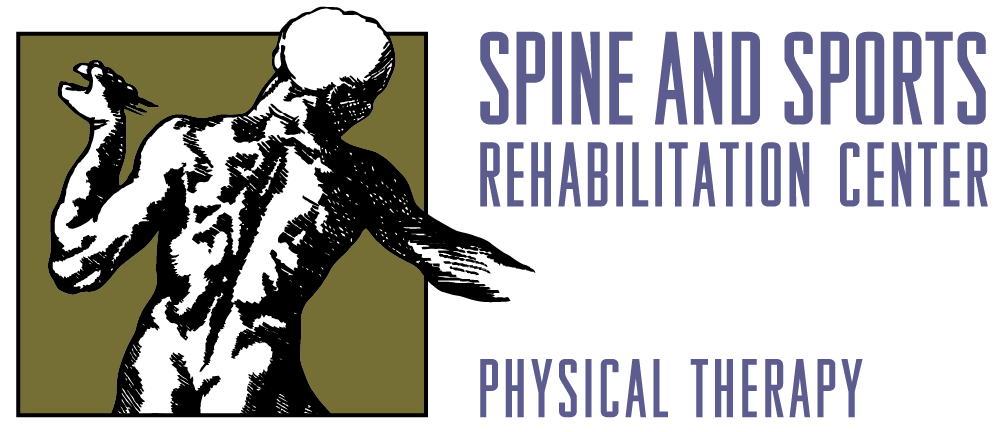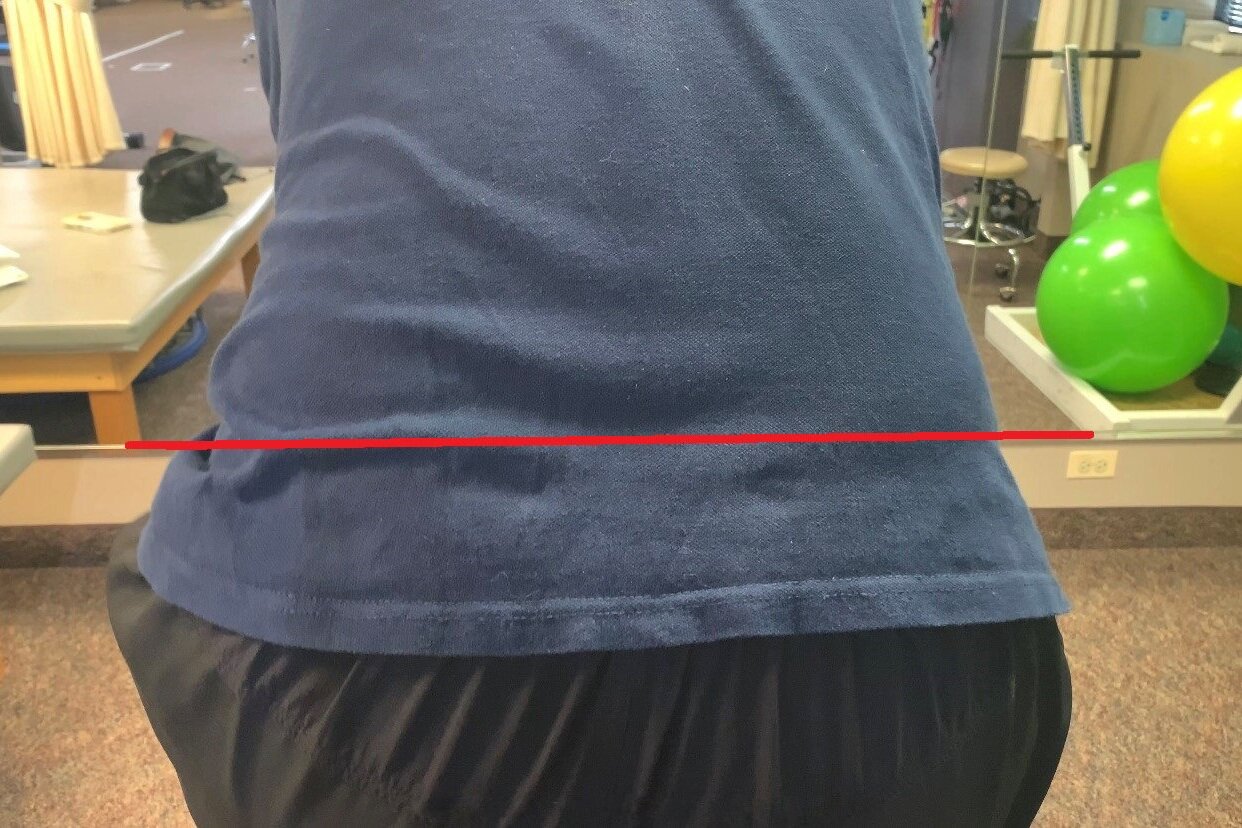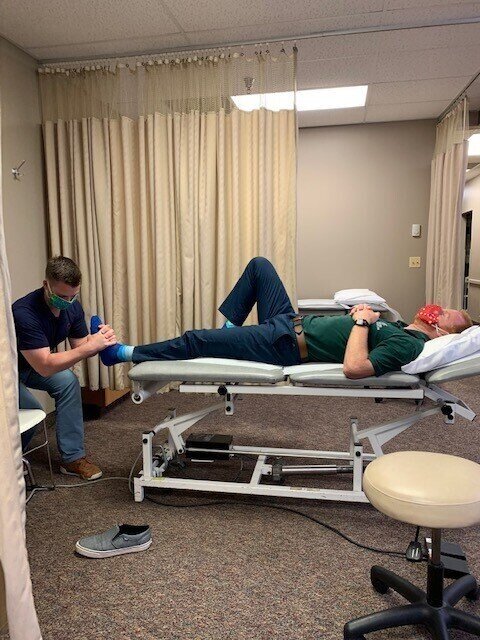42-Year-Old Cyclist’s Search for Power.
A Case For a Biomechanical Evaluation and Treatment Program.
This is a journey of a man’s quest to reach peak physical condition during a pandemic. I mean, we all have time now, right? If Coronavirus has taught me anything, it is “When life hands you lemons, make lemonade.”
I’m not special. I am married and a father of two small children. As a physical therapist, and now co-owner of Spine and Sports Rehabilitation Center, I am fortunate to work in an environment I love! Every day brings new challenges – through specialized hands-on therapy training and observing/pushing the envelope of human performance.
I started cycling nearly twenty years ago, and like any new hobby, I immersed myself in all that the sport entails. I bought all the gear, read countless books, training platforms, and of course tested myself against the data. Yeah, I know this is part where if you are not a cyclist, triathlete, marathoner, or into competitive timed sports, I might lose you… but hang in there, this is applicable to all walks of life.
In cycling, as with other sports, the measure of any race is who can get to the finish line fastest. The metrics behind how you get there is the story behind the main event. What I know as a physical therapist is the science of movement and the interplay of the body’s systems to generate the movement. Whether it be playing basketball, running, cycling, or even gardening, we are physically challenged by these activities in different ways.
A rider’s Functional Threshold Power (FTP) measures the effort they can sustain for one hour and is the single most crucial factor in performance. I have been working diligently to improve my power output. Over the years, I have done a number of structured workout series to increase my FTP. These have helped, but I felt that even with some mild weight loss, my strength was not improving inversely – especially with riding alone. During the winter of 2019, I vowed to integrate a full analysis of my biomechanics on the bike, as well as strength training as a critical part of developing more power and better performance specific to my goals.
Step 1: Bike Fit
Being on a bike involves the challenge of sustaining a proper and efficient posture within 3 points of contact with the bike; the saddle, the handlebars, and the pedals. It is important to develop muscles that will be able to maintain an efficient and powerful posture between these three points.
While sitting on your frame, your torso should form a 45-degree angle with your hips (with the foot that is in the 12 o’clock position); your torso should form a 90-degree angle with your arms; slight bend in your elbow while on the handlebars.
The fore/aft (front/back) alignment; the front of your knee should be directly over the pedal spindle if you were to drop a line down from the kneecap. The knee should be bent about 10-20 degrees when the pedal is in the 6 o’clock position. Lastly, the saddle should be level and parallel to the ground.
Once I set myself appropriately on my bike, it was time to develop my muscles to tolerate long rides so that I could maintain the posture that I need for optimal performance.
We have muscle fibers in our body that are built for power and ones that are more geared toward endurance. In this case, my ability to maintain a proper body position on the bike without sacrificing form would indicate that I would need to develop my spinal stabilizers and abdominal muscles. On the other hand, I will need to develop my gluteal, quadriceps, and hamstring muscles to be powerful to produce the power I am looking to achieve.
In order to produce maximum torque on an object, the force should be applied in a perpendicular direction. If we apply this first principle to the picture of me sitting on my bike above, the crank arm is positioned at 3 o’clock. This represents the midpoint of the optimal range for me to drive through the crank arm. The quadriceps muscles intersect with the contribution of my gluteus maximus and the gastrocnemius to make up the “power phase.” The ideal pedal stroke is made up of two phases; Power Phase from 12 – 6 o’clock and the Recovery Phase from 6 back to 12 o’clock.
The above graphic illustrates how multiple muscle groups move to complete a revolution of the crank arm. As discussed above, I pay particular attention to the overlap of the quadriceps and gluteal muscles around 3 o’clock. This is where the moment arm is the furthest away from the axis of rotation, which would be the center of your crankset.
Assuming proper bike fit, the next thing to consider is will my trunk will remain fixed or “stable” during the production of the maximum torque output during the pedal stroke.
In order to generate maximum torque, we need a stable foundation, otherwise, we will lose the energy we are trying to generate through our trunk.
For all you Physics nerds out there, this sounds a lot like Newton’s Third Law of Motion: For every action, there is an equal and opposite reaction. The force (N) that we use to generate the torque on the crank arm to propel us forward will generate power (Watts) if we do not lose the energy elsewhere in the system. In my case, I want to harness maximum torque through the power phase of the pedal stroke without losing any stability in my trunk. It is critical that I am able to maintain the proper posture demonstrated in the illustration above.
Step 2: Movement Assessment
The next phase of my biomechanical analysis was a dynamic assessment of me riding my bike on the trainer. While I thought I had myself aligned, the analysis revealed the contrary. My foundation was not adequately stable, as my pelvis was excessively rocking from side to side. Also, my right hip looked as if it was not moving freely through the pedal stroke. This indicated either a bike-fit issue, a weakness in the system, or both.
After the seat adjustment, the lumbar spine remains flat and in a “neutral” position. From the above image, you can see that the hip is relatively level, which ultimately reduces the amount of rocking seen prior to these adjustments.
Right hip jumps up.
Hips stay mostly level.
Step 3: Intervention (Manual Therapy, Exercise Prescription)
In order to ensure that I had an adequate range of motion to succeed not only on the bike but within a strengthening program, I sought a full movement and strength evaluation. We worked on thoracic, lumbar, and hip mobility with manual therapy techniques, as well as deep soft-tissue work within my quadriceps muscles and glutes.
Trigger Point Release
Manual Traction
Ankle Manipulation
Strengthening / Flexibility Exercises (5 -10 rep circuit, 2x a week to supplement intense training.)
Deadlift
Bar Squats
Bench Press
Barbell Row
Pull / Chin-ups
Military Press
Planks using Ball
Hip flexor, quadriceps, gastroc & hamstrings stretching
Prone press-ups
Results:
In a concentrated amount of time, with the addition of a comprehensive biomechanical exam under the guidance of a physical therapist, I was finally able to breakthrough. I have seen the most significant gains so far in regards to my power on a one-hour test and also personal records with all short-term power metrics. I coupled this with a sound nutrition program and the results speak for themselves.
In just three months, I went from an FTP of 255W at the start of winter training in December to a current FTP of 290W. I also leaned up to a weight of 185lbs, down from about 195lbs. This brings my new power to weight ratio to 3.45w/kg up from 2.88w/kg.
Summary:
I hope this blog highlights not only the demands of athletic performance in endurance cycling but also proves that it takes a team approach to find success at any age. It is clear to me that previous attempts to achieve my goals of increasing power were falling short because I did not use a multi-faceted approach. To get to where I am now involved in all three phases – a proper bike fit, biomechanical evaluation, and a personalized exercise program.
If you have any questions regarding how physical therapy can help be an asset to your training program, please contact me at jcmetivier@spineandsportsrehab.com or call 410-560-3931.






